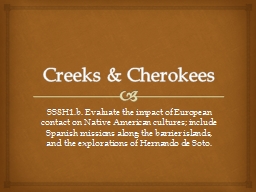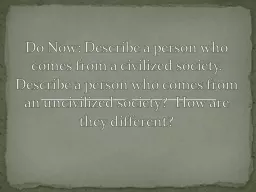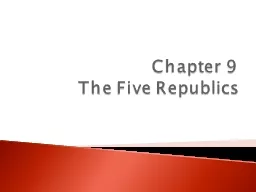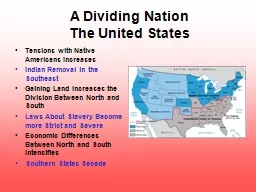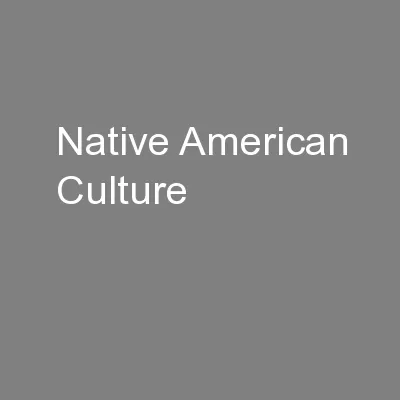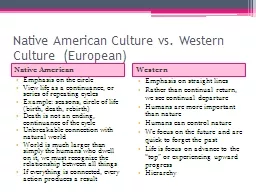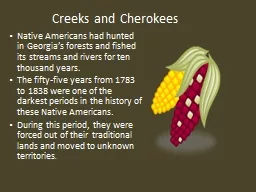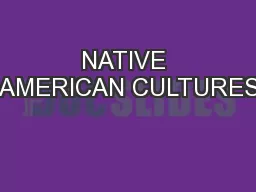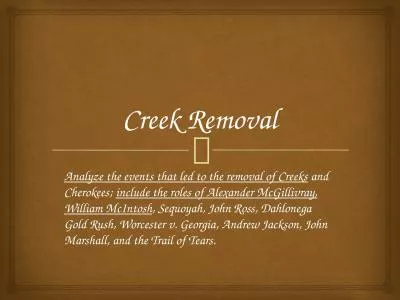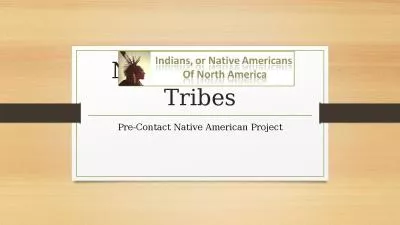PPT-Creeks & Cherokees SS8H1.b. Evaluate the impact of European contact on Native American
Author : joyce | Published Date : 2023-09-18
From Mississippian to Creek Ancestors of the Creek Indians migrated from the Mississippi Valley into north ern Georgia in the mid1400s There are no written
Presentation Embed Code
Download Presentation
Download Presentation The PPT/PDF document "Creeks & Cherokees SS8H1.b. Evaluate..." is the property of its rightful owner. Permission is granted to download and print the materials on this website for personal, non-commercial use only, and to display it on your personal computer provided you do not modify the materials and that you retain all copyright notices contained in the materials. By downloading content from our website, you accept the terms of this agreement.
Creeks & Cherokees SS8H1.b. Evaluate the impact of European contact on Native American: Transcript
Download Rules Of Document
"Creeks & Cherokees SS8H1.b. Evaluate the impact of European contact on Native American"The content belongs to its owner. You may download and print it for personal use, without modification, and keep all copyright notices. By downloading, you agree to these terms.
Related Documents

